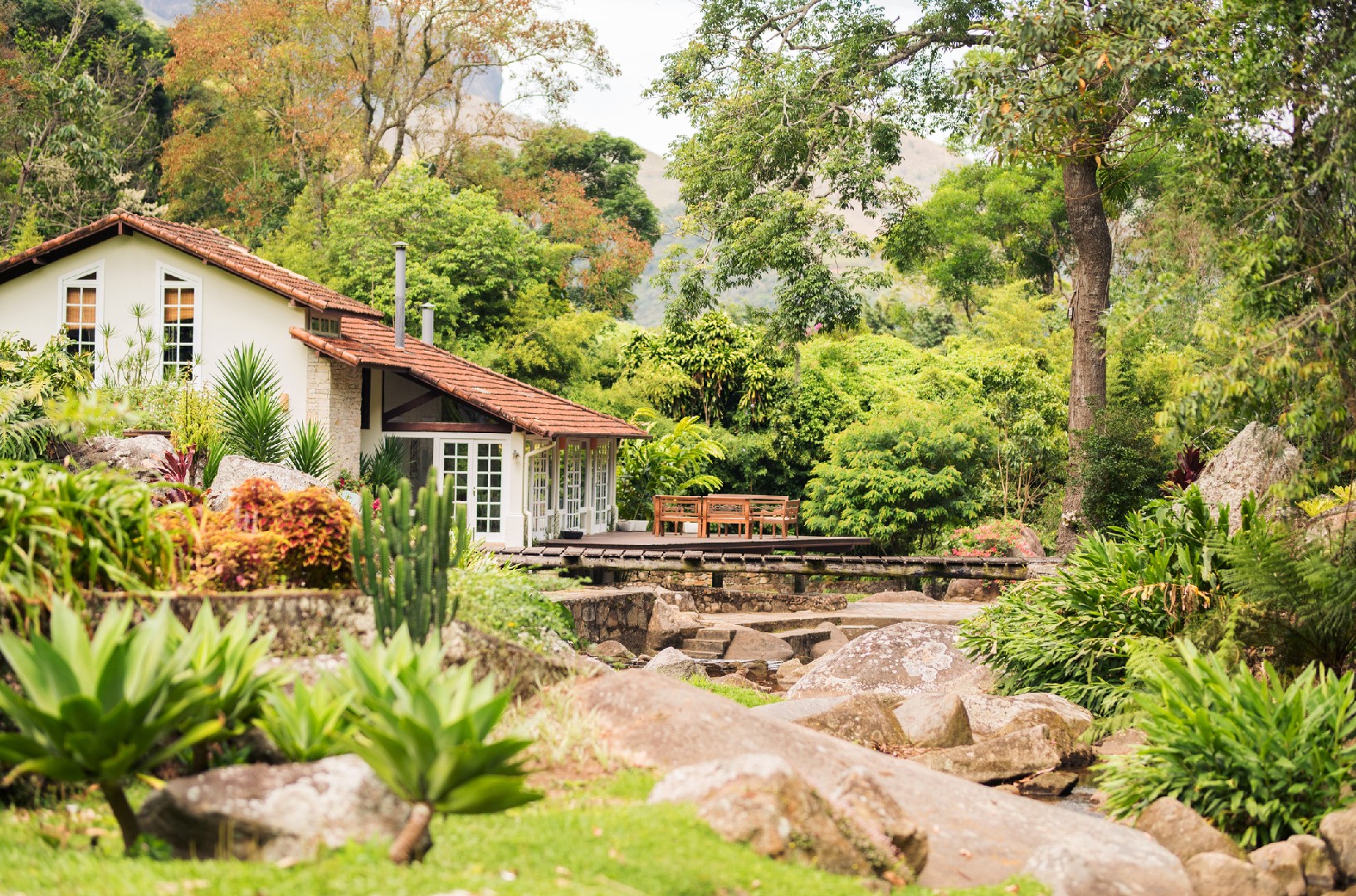![Rectangle]()
Practical Design Strategies for Rental Properties
When it comes to optimizing landscape design for rental properties, there are several practical strategies that can help balance beauty with budget. One of the most effective ways to save money in the long run is by using native and drought-resistant plants.
Native plants are well adapted to the local climate and soil conditions, which means they generally require less water, fertilizer, and maintenance compared to exotic or non-native plants. By incorporating native plants into the landscape, property owners can significantly reduce water usage and landscaping costs. Additionally, native plants attract local wildlife, such as birds and butterflies, which adds aesthetic value to the property.
In addition to native plants, using drought-resistant plants is another smart choice for rental properties. These plants have evolved to survive in arid or dry conditions, making them less dependent on regular watering. Examples of drought-resistant plants include succulents, ornamental grasses, and certain varieties of lavender. By incorporating these plants into the landscape, property owners can save both time and money on irrigation.
Another practical design strategy for rental properties is to include outdoor living spaces. These spaces not only increase the overall appeal of the property but also provide additional value to tenants. Outdoor living spaces can range from simple patios or decks to fully-furnished outdoor lounges or kitchens. By creating these spaces, property owners can attract tenants who are looking for areas to relax, entertain guests, or enjoy meals outdoors.
Maximizing small spaces is another important consideration when designing landscapes for rental properties. Even if the property has limited outdoor space, there are several strategies that can create visual interest and make the area feel larger. One approach is to use vertical gardening techniques, such as trellises or hanging planters, to maximize the use of vertical space. Another strategy is to incorporate mirrors or reflective surfaces to give the illusion of a larger area. Additionally, using plants with varying heights, textures, and colors can create depth and make the space appear more visually appealing.
Overall, optimizing landscape design for rental properties requires a balance between beauty and budget. By incorporating native and drought-resistant plants, creating outdoor living spaces, and maximizing small spaces, property owners can enhance the appeal of their rental properties while minimizing maintenance and financial costs. These practical design strategies not only provide value to the readers but also empower them to create attractive and cost-effective landscapes for their rental properties.





